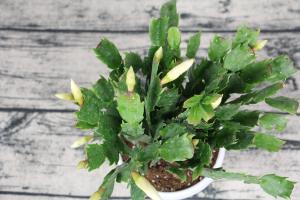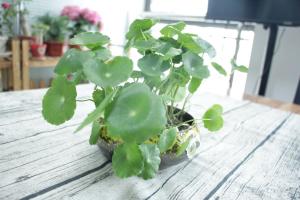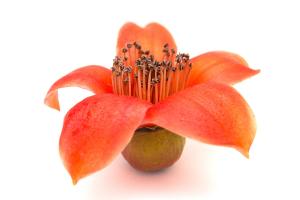Can I Use Slow Release Fertilizer When Planting My Tomatoes?
Tomatoes, one of the most popular vegetables, are favored by home gardeners because they are easy to grow and produce high yields. Fertilizing correctly is critical to achieving a successful tomato harvest, and slow-release fertilizers have gained popularity because of their convenience and effectiveness. So the question is, can you use slow-release fertilizer when planting your tomatoes?
The Benefits of Slow Release Fertilizer
Slow-release fertilizers contain a balanced blend of essential nutrients that a tomato plant requires for healthy growth. They work by releasing nutrients gradually over an extended period, usually up to three to four months. This slow-release process enhances root development that results in stronger, healthier plants. The nutrients are released only when the soil temperature and moisture levels are ideal, reducing the risk of over-fertilizing.
Choosing the Right Slow Release Fertilizer
When choosing slow-release fertilizer, look for one with a balanced ratio of nitrogen, phosphorous, and potassium, usually indicated as NPK on the packaging. The ideal ratio for tomatoes is 5-10-10 or 10-10-10. However, the amount of each nutrient will vary depending on the type and brand of fertilizer you choose. Be sure to read the packaging carefully to ensure it's suitable for your plant's needs.
How to Apply Slow Release Fertilizer
You can apply slow-release fertilizer in two ways, either as a granule or a spike. Granules are sprinkled evenly over the soil surface, and the spikes are inserted into the soil close to the roots. When planting tomatoes, follow the instructions on the packaging, and be careful not to apply too much fertilizer. More isn't necessarily better when it comes to fertilizing your tomatoes. Over-fertilizing can lead to excessive growth, weaker plants, and less fruit production.
Additional Tips for Fertilizing Tomatoes
Here are a few more tips to ensure your tomato plants receive the right nutrients:
Apply slow-release fertilizers at the time of planting or after the first few weeks of growth.
Tomatoes need regular fertilization throughout the growing season. Consider supplementing with liquid or water-soluble fertilizers every two to three weeks.
Always follow the instructions on the packaging. Every fertilizer is different, and applying too much can harm your plants.
Water your plants thoroughly after each fertilization to help the nutrients penetrate the roots.
Avoid fertilizing your tomato plants when they're stressed or when the temperature is above 90°F. The high temperature can cause fertilizer burn on the plants.
Final Thoughts
Slow-release fertilizers are an excellent choice when planting tomatoes because of their effectiveness and convenience. However, remember that fertilizing is just one part of the equation, and tomatoes also need proper watering, good soil, and sufficient sunlight. By following the tips outlined in this article and giving your tomato plants the right nutrients, you'll be rewarded with a plentiful harvest full of delicious, juicy tomatoes.

 how many times do yo...
how many times do yo... how many planted tre...
how many planted tre... how many pine trees ...
how many pine trees ... how many pecan trees...
how many pecan trees... how many plants comp...
how many plants comp... how many plants can ...
how many plants can ... how many plants and ...
how many plants and ... how many pepper plan...
how many pepper plan...





























